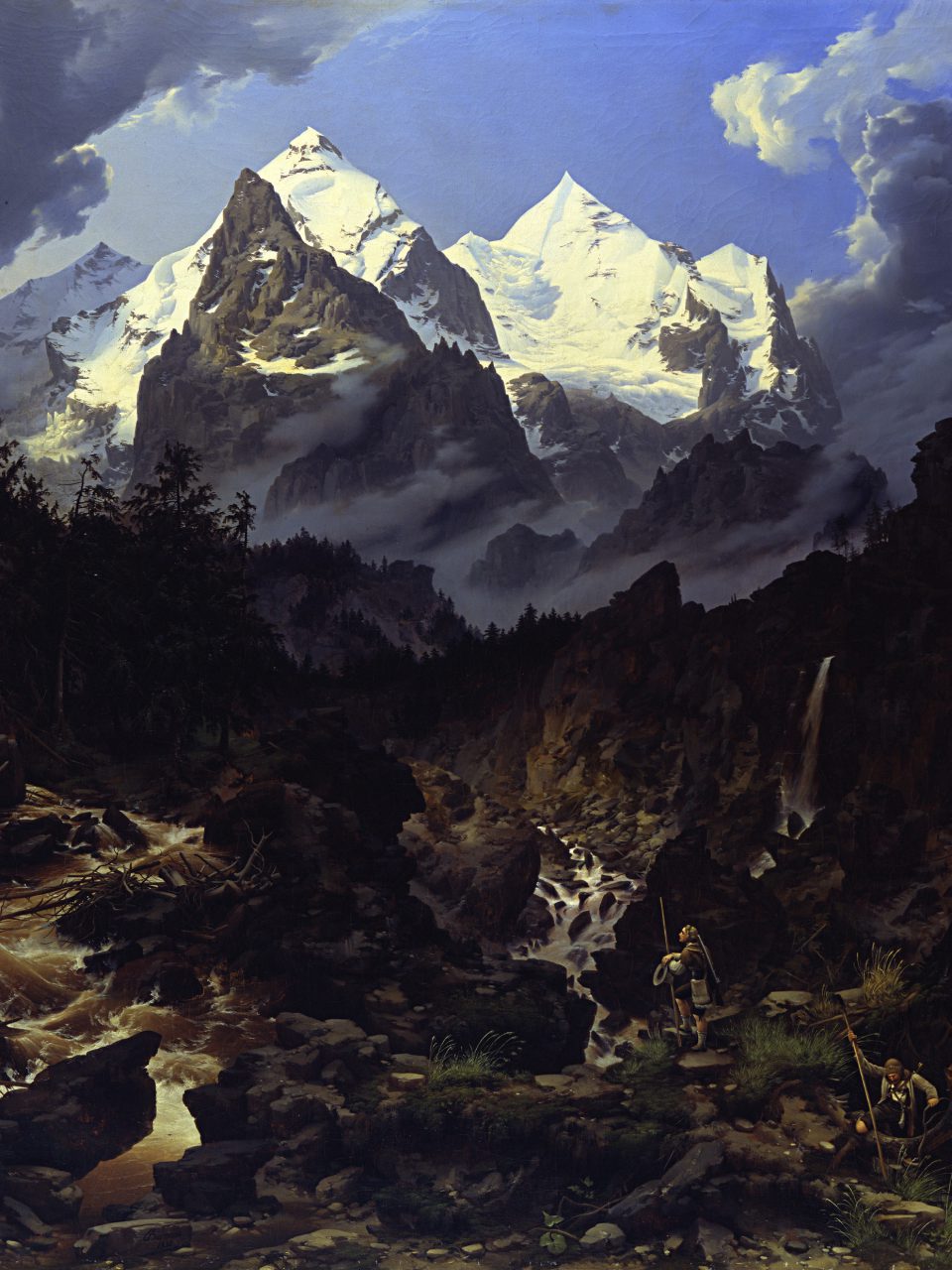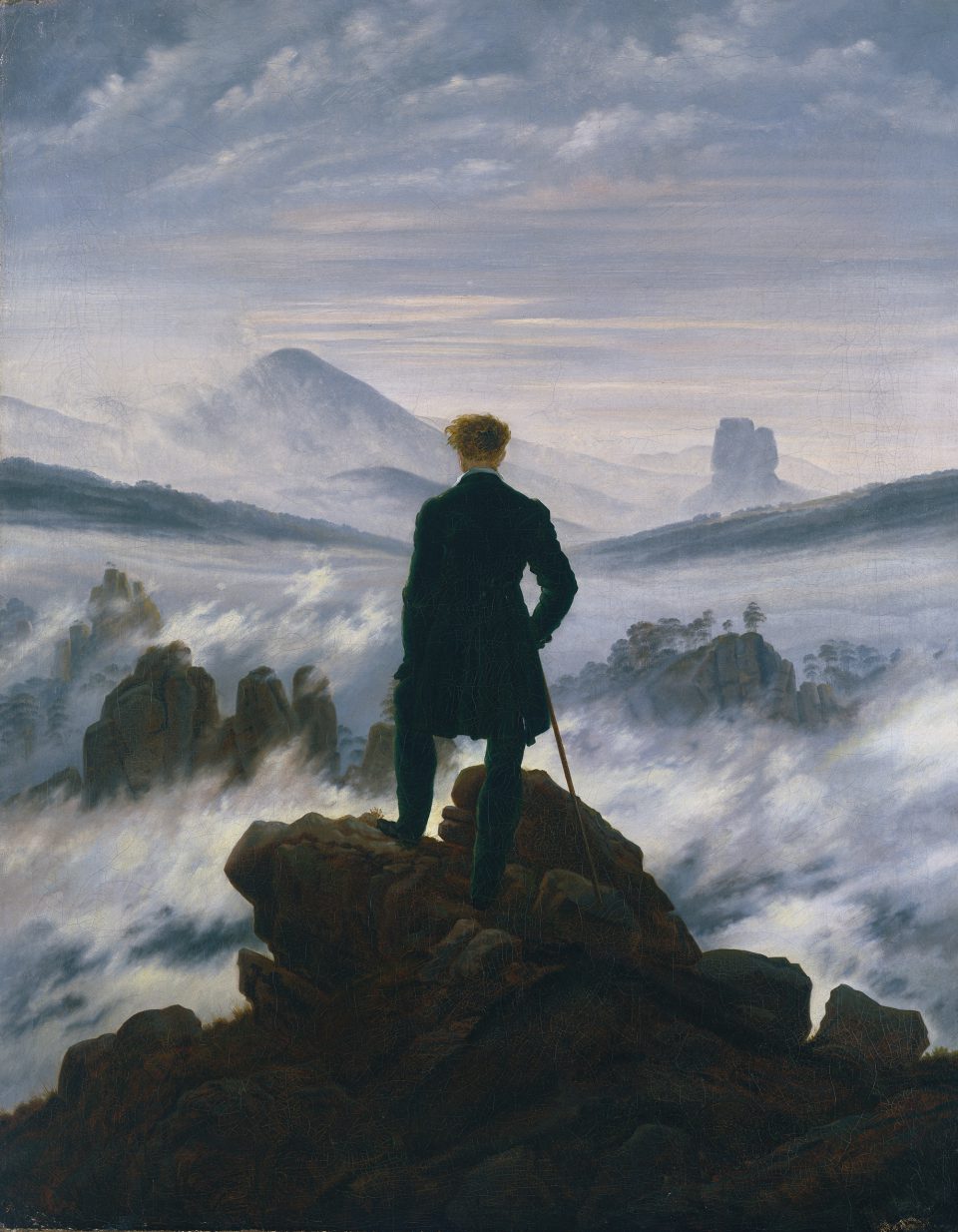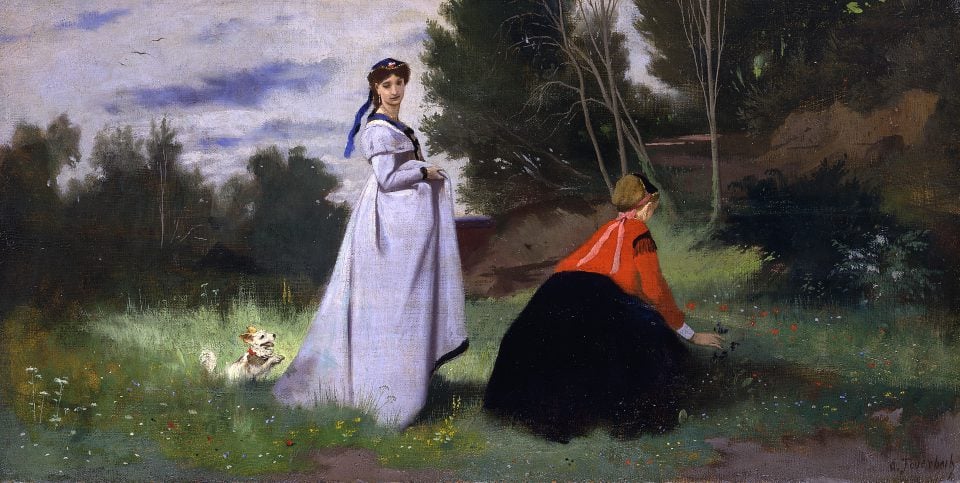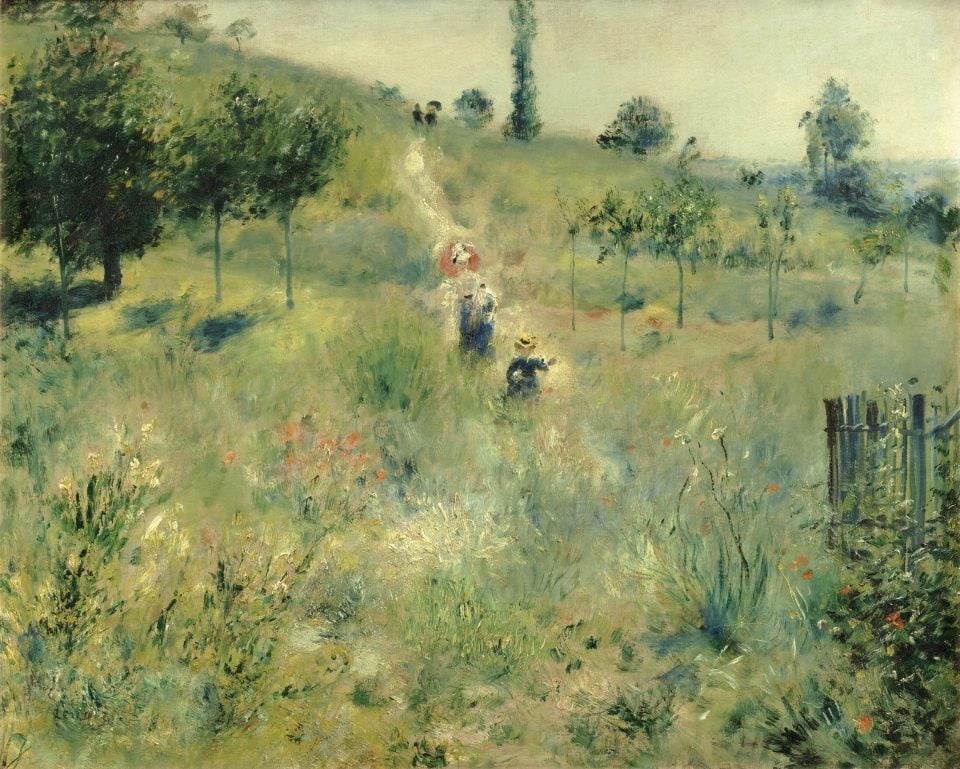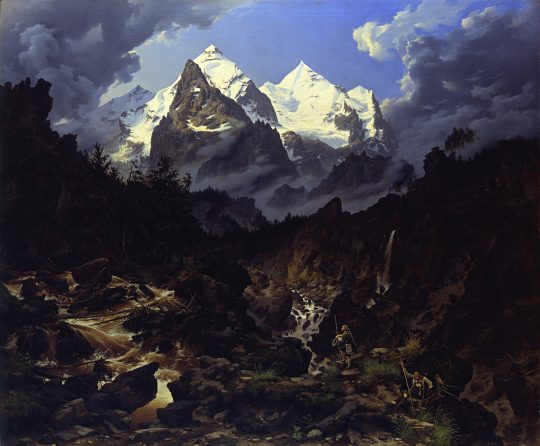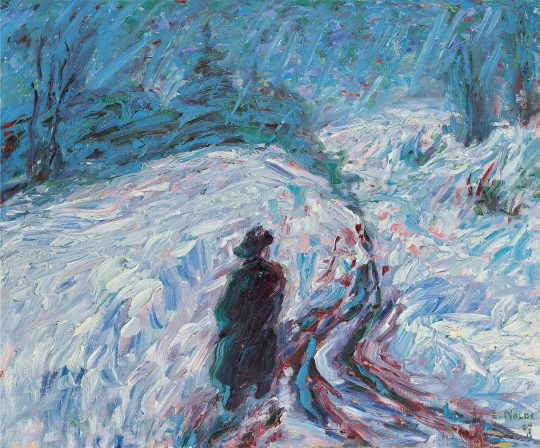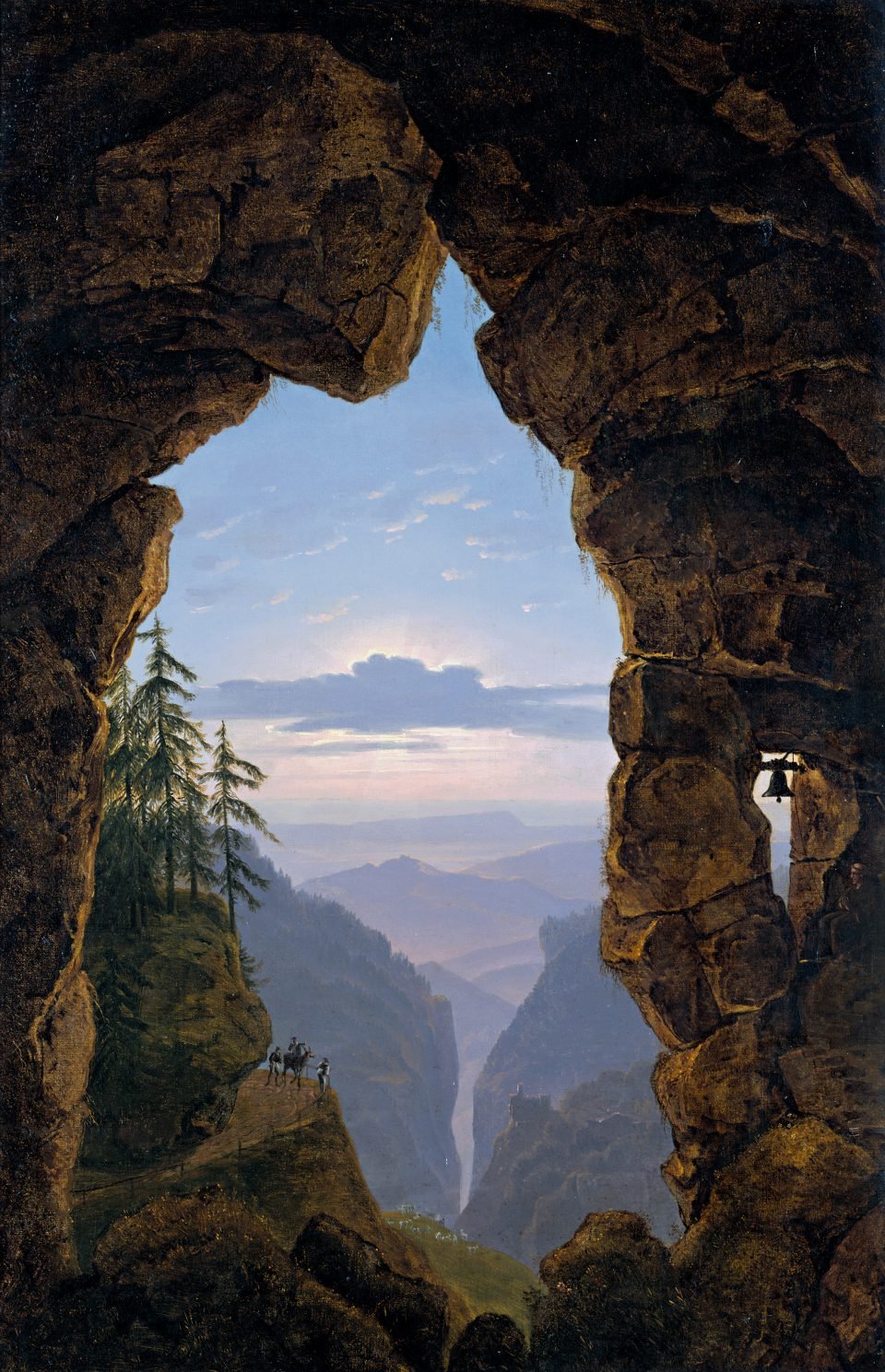WANDERLUST IN BERLIN
From Caspar David Friedrich to Auguste Renoir.
The term Wanderlust originates from the German words wander (to hike) and Lust (desire), but it contains more than just the pleasure of hiking. It’s about the enjoyment of roaming, about a strong desire to travel and experience the unknown, about getting to know unfamiliar cultures, often driven by the desire to escape from daily routines and leave everything behind for awhile.
When we think of the wanderer as a painterly motif, the famous painting Wanderer above the Sea of Fog by Caspar David Friedrich comes to mind, and it is this masterwork that forms the starting point for a special exhibition held at the Alte Nationalgalerie, which follows the central theme of Wanderlust in art throughout the nineteenth century and all the way to famous works of modern art.
Around 1800, wandering became the expression of a modern awareness of life. Since the Romantic period, artists have discovered nature for themselves, exploring it on foot and looking at it from new angles. Wandering, in art, came to stand for life’s journey and for symbolic pilgrimage. For the traveler, this journey on foot brought with it a new, intensified encounter with nature and a form of world-appropriation that was both sensual and physical.
With more than 120 selected exhibits including masterworks by Caspar David Friedrich, Karl Friedrich Schinkel, Auguste Renoir, Emil Nolde and Otto Dix, the exhibition shows how powerful and fruitful the motif of the wanderer was in art throughout the nineteenth century, not only in Germany but in many places.
In a series of events, experts will hold presentations about the exhibition and further aspects related to the phenomenon of wandering.

